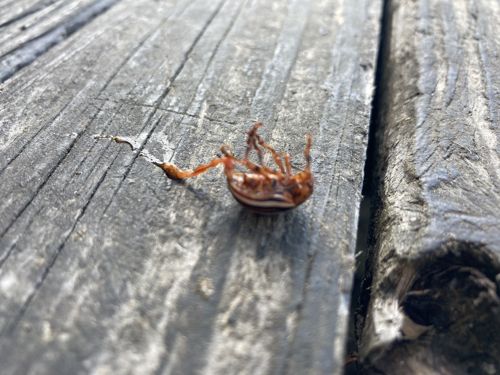Click Beetle
Scientific Name: Family Elateridae (various species)
Order & Family: Order Coleoptera, Family Elateridae
Size: Typically 0.2 to 2 inches (5 to 50 mm)

Natural Habitat
Found in various habitats including forests, grasslands, agricultural fields, and gardens. Larvae (wireworms) live in soil.
Diet & Feeding
Adult click beetles primarily feed on nectar, pollen, decaying plant matter, or sap. Some may not feed much as adults. Larvae (wireworms) are often omnivorous, feeding on roots, seeds, tubers, and decaying organic matter; some species are predatory on other soil insects.
Behavior Patterns
Known for their unique "clicking" mechanism: when placed on their back, they can arch their body and snap a spine into a groove on their underside, launching themselves into the air to right themselves. Adults are often nocturnal and attracted to lights. Larvae are typically slow-moving and remain in the soil for several years.
Risks & Benefits
Potential risks include agricultural damage from wireworm larvae, which can be significant pests of crops like corn, potatoes, and other vegetables by damaging roots and tubers. Benefits include some species' larvae that predately on other soil pests, and adults contribute to pollination or decomposition.
Identified on: 9/21/2025